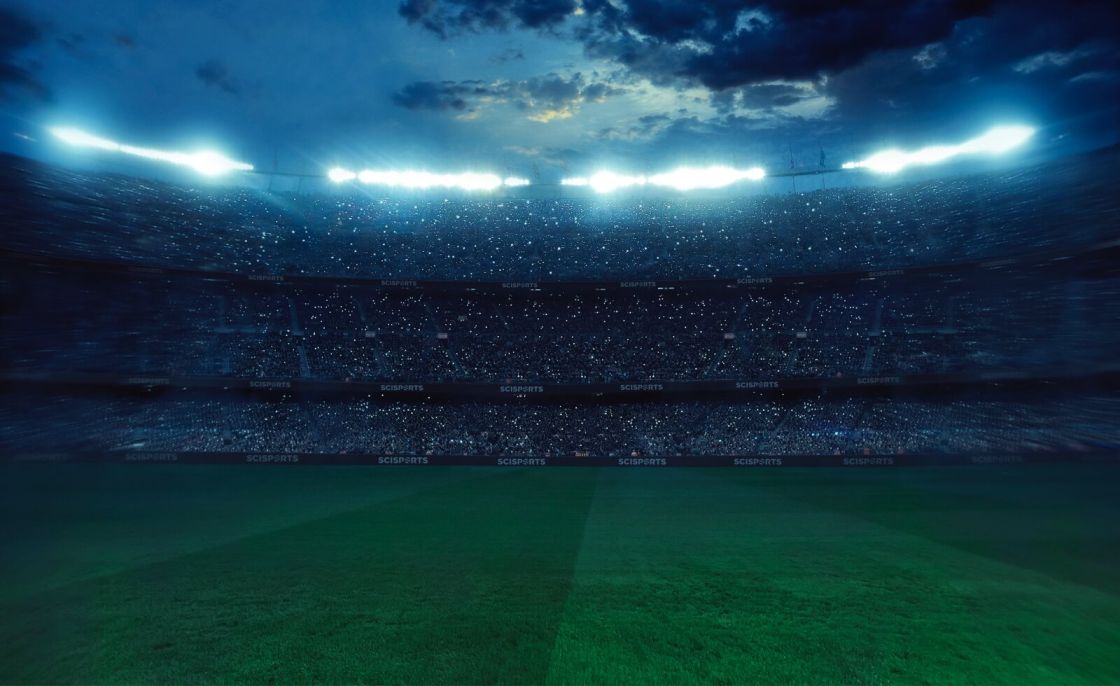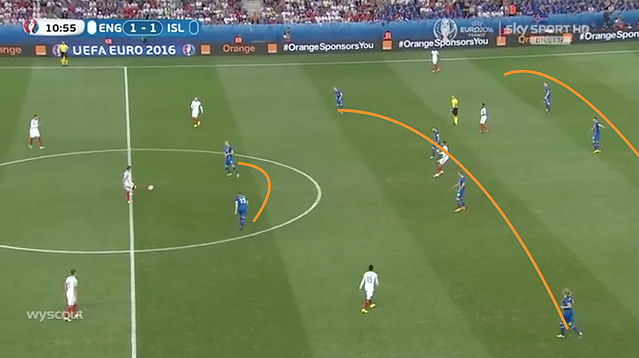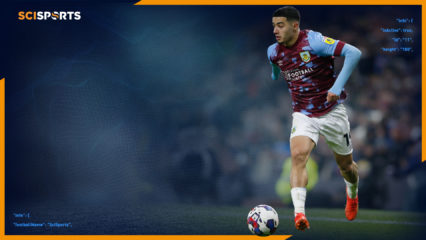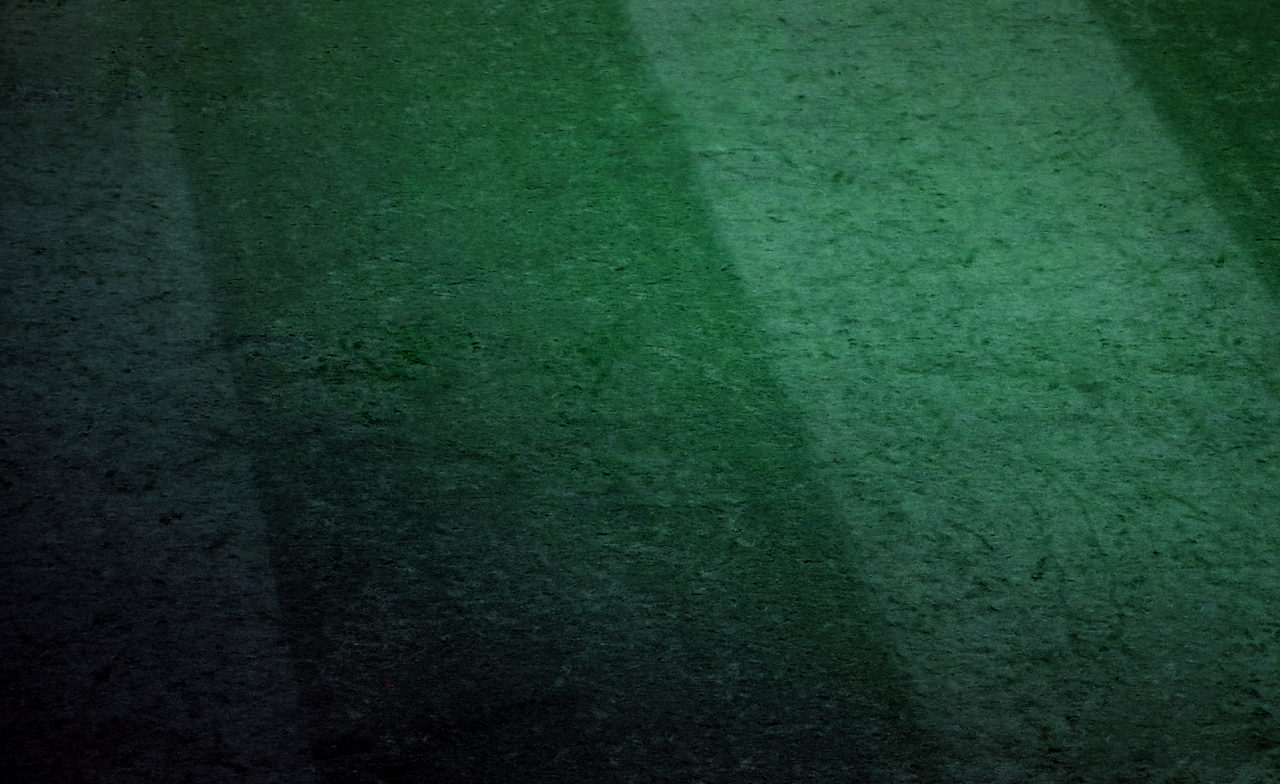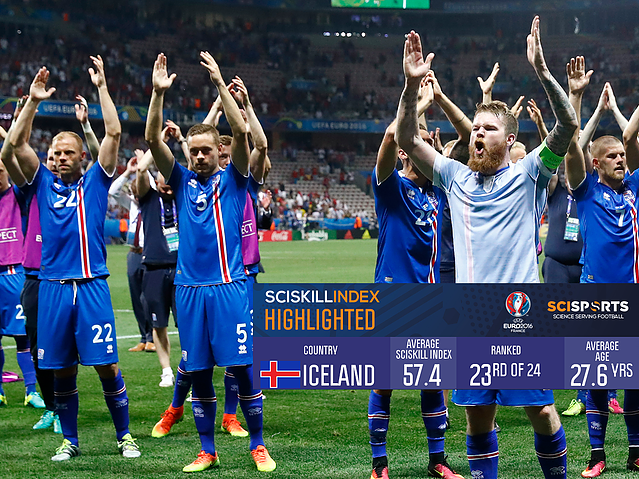
Probably the biggest surprise so far at this Euro 2016 tournament is the small island nation of Iceland. The Nordics made their debut on an international tournament after finishing second in their Euro 2016 qualifying group, which also consisted of the Czech Republic, Turkey and The Netherlands. In the tournament’s group stage they drew against Hungary and Portugal and beat Austria to again finish second. But perhaps their biggest upset came in the round of sixteen against England, where they overcame a quick 0-1 deficit to win the match 2-1. The country that before this summer never even featured on a major international tournament is now suddenly among the eight best European national teams. So how did a country with a population of only 330.000 people (less than the city of Leicester) amaze the world of football? SciSports took a closer look and produced the following analysis.
Perhaps one of the key elements of the Icelandic success is the lack of changes in the team. Manager Lars Lagerbäck has made no alterations in the starting line-up, fielding the same eleven players in every Euro 2016 match so far. The Swedish coach can also rely on the centre-back duo of Ragnar Sigurdsson and Kári Árnason. The two defenders have been playing together for the national team almost continuously for the past four years now.
Iceland has outperformed our pre-tournament expectations. They might have been a bit lucky in their goals scored and conceded, but not so much that they do not deserve to be where they are right now.
Iceland in possession
When Hannes Halldórsson, Iceland’s goalkeeper, is in possession, the team does not try to build up from the back, but instead prefers to play the long ball. It is therefore not surprising that the passing line that is most frequent is Halldórsson playing to striker Kolbeinn Sigthórsson. In Iceland’s first four Euro 2016 matches, this pass is given an average 10.5 times per match.
Iceland plays in a 4-4-2 formation, where Birkir Bjarnason and Johann Berg Gudmundsson feature as respectively left and right midfielder. When attacking, these two players barely swing in a cross towards one of the two strikers. Iceland only produced seven crosses in the first two matches and zero in the last two. The team instead prefers to search for the combination in an attempt to break up the opponent’s defense.
Notable is the fact that, of the 24 participants, Iceland is the team with the least amount of the shots outside of the box (1.50 per match). However, with 6.25 shots in total per match it ranks twelfth. Judging from this data, it seems Iceland is aware of the fact that shots inside the box contribute to a higher total Expected Goals. Most passes in the box are sent by Bjarnason (8) and striker Jón Dadi Bödvarsson (7), with both players realizing a 100% accuracy for these passes.
The average passing accuracy for Iceland is 62% and their average possession 39%. In both these categories, the team is ranked last of all Euro 2016 participants. Remarkably, the area where Iceland loses most of their possession is their own third, where normally teams lose most of their possession in the middle or attacking third. This is most likely caused by the fact that most of Iceland’s possession is on their own half.
In regard to their attacking capabilities, the team creates only 5.5 chances per match (ranked 22nd). However, they manage to achieve an insanely high scoring percentage of 27.3%, far more than number two Wales (22.6%). Iceland mainly tries to create chances from set pieces, because they lack the quality to create many chances from open play. The squad utilizes their qualities by focusing on training throw-ins, corner kicks and free kicks. Noteworthy is that Iceland has earned the most throw-ins (62) this tournament.
Of the six goals scored by Iceland thus far, three of them came from a set piece (one penalty kick and two long throws). It is also the only country that managed to score from a long throw. Captain Aron Gunnarson is an expert when it comes to long throws.
Iceland in opponent’s possession
If Iceland’s opponent has possession, the Icelanders play a symmetrical 4-4-2 formation, where the two strikers drop deeper into their own half and take on the role of two extra midfielders. Iceland utilizes zonal marking and keeps the three lines compact. This makes it difficult for teams to play between the lines and, due to Iceland’s compactness, receive the ball in the centre. By doing this, Iceland forces its opponent to play through the flanks, as is shown in the image below.
Image 1: Dier has the ball and is looking for an open teammate. Central midfielder Rooney has already shifted to the left in order to be able to receive the ball, while Alli is not open in the centre.
One of the characteristics of Iceland’s style of play is that when it captures the ball, it often loses it quickly too. They often choose to play the risky ball forward instead of keeping defensive ball possession. It is therefore not surprising that with this strategy, Iceland has the highest amount of clearances per match of all participants (22.25). Striker Kolbeinn Sigthórsson has the highest amount of clearances per match of any attacker at this European Championship (3.0).
The high amount of clearances by Sigthórsson is one of the signs that indicate that every Icelandic player has to deliver an important defensive contribution. Another example of this is Gylfi Sigurdsson, who plays on the ‘10’ position. The creative midfielder records the most defensive duels of his team (10.5 per match). That is more than the four defenders: Skulason (9.5), R. Sigurdsson (4.5), Arnason (5.25) and Sarvarsson (10.0).
After loss of possession, the team rarely pressures their opponent when Iceland has many players on the opponent’s half. When they do, Iceland’s defensive organization is less well arranged and some space between the lines emerges. The opponent of Iceland will have to try and break up the defensive organization. This is best done by changing positions frequently, a high tempo of the ball and creating a man more situation on the flanks.
Two good examples of this are the goals conceded against Portugal and Austria. In both situations, the left back of Iceland wandered in a bigger space than usual due to quick position changes and combinations on the right flank. His decision to follow the man creates a gap where the running midfielder moves into. In both situations this midfielder is not covered well enough, resulting in him having the freedom to give a cross, which leads to a goal.
Conclusion
Iceland has a strong defensive organization and has no desire to be in possession of the ball a lot. They often play the long ball to set up attacks and can use set pieces to create chances. Their strategy relies on all players to do their defensive duty. They have been quite lethal in their finishing so far, having the highest success rate in chances of all Euro 2016 participants. To defeat the Icelanders, teams will need to play a quick tempo and change positions often.
ABOUT US
ABOUT US
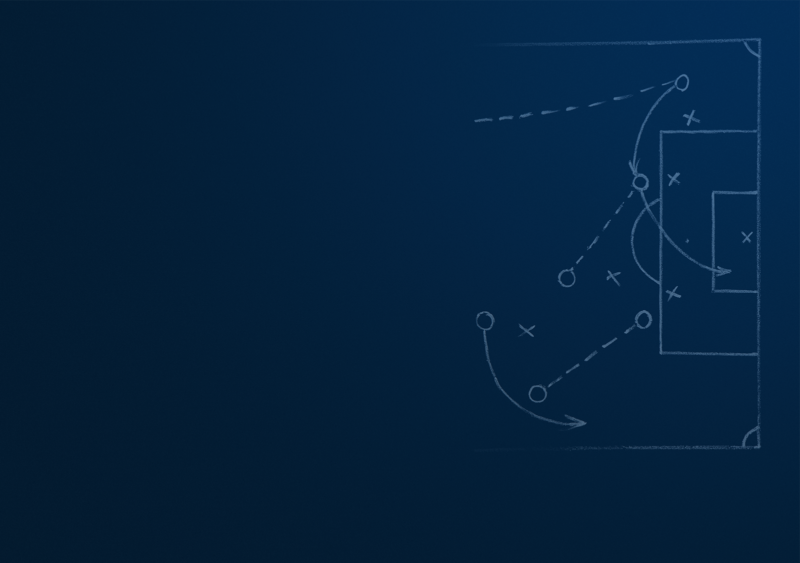
SERVICES
SERVICES

